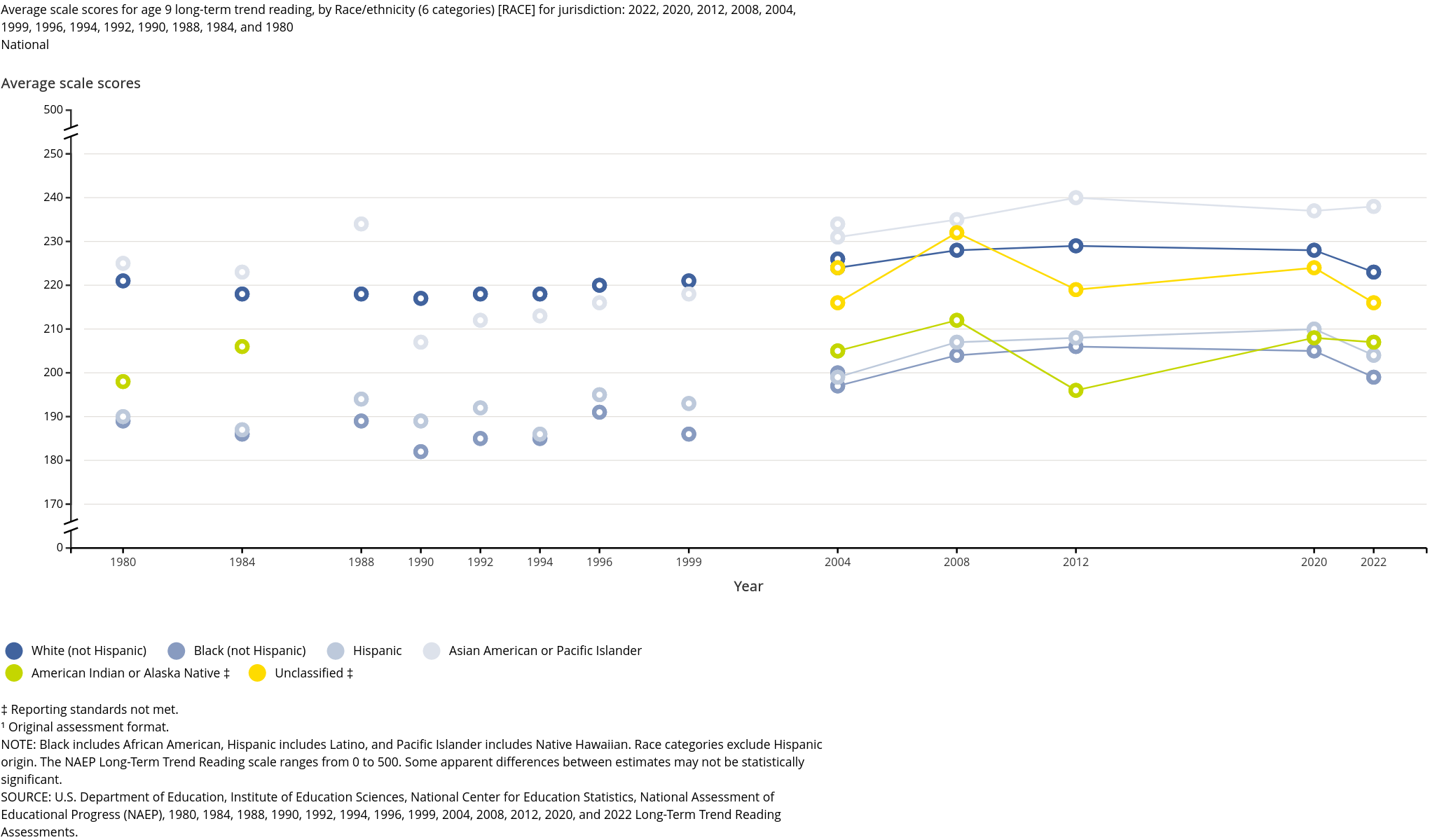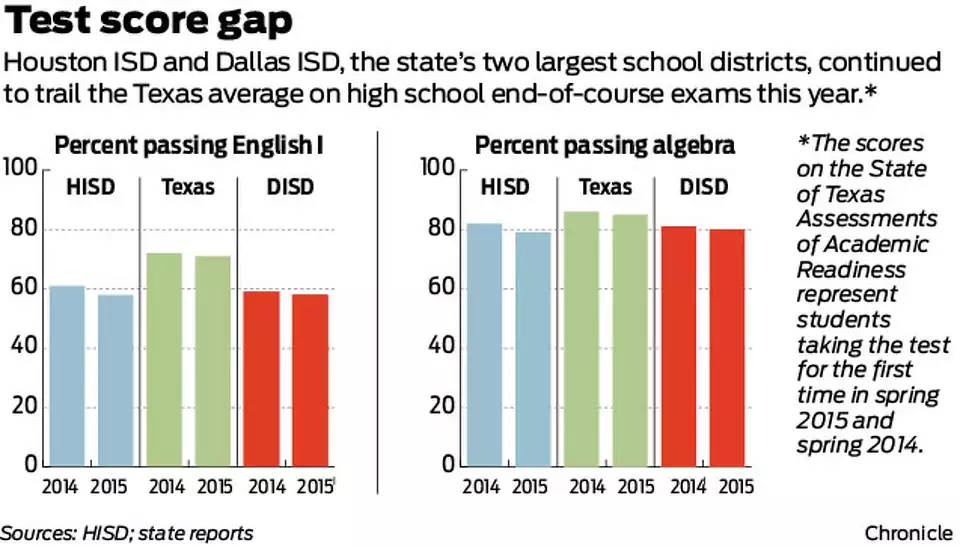Cognition in America
Currently, I am enrolled in a course about education. I am tasked to learn about cognition. As someone who does not shy away from a hyperlink, I have compiled a robust presentation according to this prompt from the course.
Cognition
Cognition encompasses “the processes associated with perception, knowledge, problem solving, judgment, language, and memory” (Spielman, 2020, pg. 226). As it’s namesake may allude, cognition represents the field of cognitive psychology, which focuses study on the processes described.
Cognition is something I have always been keenly aware of in my own life. As I have never had trouble with learning, and often lacked motivation, but my mind races faster than an F1 car. That is, I have a high need for cognition, and thus am often thinking more than my peers.
Cognition plays a major role in the learning process. As classic information processing theory shows us, a learner must encode, retain, and retrieve information (Rosnov, 2015, pg. 714). The learning process can not even begin without encoding, a function primarily driven by cognition.
In researching cognition, it became clear to me that a major indicator of cognitive function is the intelligent quotient score (IQ) of a given individual. “Intelligence is the ability [emphasis added] to learn” (Plomin at al., 2018). There is not much data on “cognition”, but there is much on the factor of IQ and the subsequent test scores influenced by this factor.
Historical Representation
In an effort to measure the national cognitive ability of our nation, the National Assessment of Educational Progress conducts rigorous analysis of American government-schooled-students. Students consistently achieve test scores similar to their peers of the same race (Figure 1).
Figure 1

These scorings reflect the consistent representation of cognition for the duration of the modern era.
Biological Influences and Racial Representation
Cognition, being directly influenced by intelligence, can be measured through the study of general intelligence. Genome-wide studies (Plomin et al., 2018) and test score based studies (Jensen, 1969) have tracked inheritable, genetic intelligence trends. These studies show the reasons why the data in Figure 1 contrast so highly. The differences in intelligence can not be explained through an analysis of an environment, only. Actually, research shows that heritable intelligence is a major indicator of cognitive outcomes (Rushton et al., 2005). Specifically, these indicative features are obvious in the Black-White differences in mean IQ (Jensen, 1969) and test scoring (Figure 1).
Psychological Factors Affecting Cognition
- Confirmation Bias
- This tendency to favor information which confirms preconcieved beliefs leads to skewed perspectives and poor decision-making (Wason, 1960).
- Availability Heuristic
- The over-or under-estimation of the frequency or probability of abberant events can be swayed by estimating the likelihood of such an event based on the ease of recalling similar examples (Tversky et al., 1973).
- Mental Set
- Rigidity in the problem-solving process comes from this over reliance on familiar strategies, previously used, rather than innovating and trying a new solution (Luchins, 1942).
- Functional Fixedness
- This cognitive bias is one in which an individual uses tools only in their conventional, and sometimes restrictive, way (Duncker, 1945).
Socio-cultural Effects
The influence of cultural pressure to meet family standards and group expectations, while operating as a psychological effect, is ultimately perpetuated by socio-cultural authorities. As immigrants “[attempt] to preserve a marginal ethnic identity through a mix of old and new values and [make] efforts to project old values and traditions in a fashion more palatable to the [host citizens],” each culture represents a “new and almost freely ‘innovated’ culture” (Caytas, 2012). This diversity of culture is especially prominent in 21st century America, as the melting-pot perspective has been largely abandoned in institutions of power. Cultural differences are being promoted, especially amongst racial groups, with the goal of reforming American culture.
Regional distribution of cultures in America is indicated by the variation in government school achievement and thus cognition. The fact that Texas urban zones are generally behind in school scoring, when compared to rural Texas counties is shown in Figure 2. Urban zones generally have a higher population of Black and Hispanic individuals than rural counties (https://bestneighborhood.org/race-in-texas/). Comparing this fact with the data provided by Figure 1 gives us the logical conclusion, qualified by Figure 2. The urban zones will not emphasize the importance of cognition as much as suburban and rural communities.
Figure 2
 Note: This image from houstonchronicle.com compares Texas and national average test scores for the 2014-2014 school year.
Note: This image from houstonchronicle.com compares Texas and national average test scores for the 2014-2014 school year.
Conclusions
A study of cognition and intelligence in America sheds light on the major differences, genetically and culturally, which influence America’s populace. This is something of a slap in the face to the postmodern American mindset.
The implication for public policy is that the discrimination model (i.e., Black–White differences in socially valued outcomes will be equal barring discrimination) must be tempered by a distributional model (i.e., Black–White outcomes reflect underlying group characteristics). (Rushton, 2005)
This seems to me, an often overlooked aspect of conversation today centered on the aim of lifting up all Americans. We ought all to take a moment to reflect on the ramifications of these findings and consider what we can do to be truly loving towards one another in the years to come.
Our country’s prosperity depends on our understanding of what is true.
References
Caytas, J. (2012). Conundrum of an Immigrant: Assimilation versus Cultural Preservation. Journal of Identity and Migration Studies Vol. 6, No. 2, pp. 36-54.
Duncker, K. (1945). On problem-solving. Psychological Monographs, 58(5), i-113
Jensen, A. R. (1969). How much can we boost IQ and scholastic achievement? Harvard Educational Review, 39(1), 1–123. https://doi.org/10.17763/haer.39.1.l3u15956627424k7
Luchins, A. S. (1942). Mechanization in problem solving: The effect of Einstellung. Psychological Monographs, 54(6), i-95.
Plomin, R., & von Stumm, S. (2018). The new genetics of intelligence. Nature reviews. Genetics, 19(3), 148–159. https://doi.org/10.1038/nrg.2017.104
Rosnov, D., & Roberts, M.C. (2015). Encyclopedia of Human Development. SAGE Publications. http://dx.doi.org/10.4135/9781412952484.n349
Rushton, J. P., & Jensen, A. R. (2005). Thirty years of research on race differences in cognitive ability. Psychology, Public Policy, and Law, 11(2), 235–294. https://doi.org/10.1037/1076-8971.11.2.235
Spielman, R. M. (2020). Psychology 2e. Rice University. https://assets.openstax.org/oscms-prodcms/media/documents/Psychology2e_WEB.pdf
Tversky, A., & Kahneman, D. (1973). Availability: A heuristic for judging frequency and probability. Cognitive Psychology, 5(2), 207-232.
Wason, P. C. (1960). On the failure to eliminate hypotheses in a conceptual task. Quarterly Journal of Experimental Psychology, 12(3), 129-140.